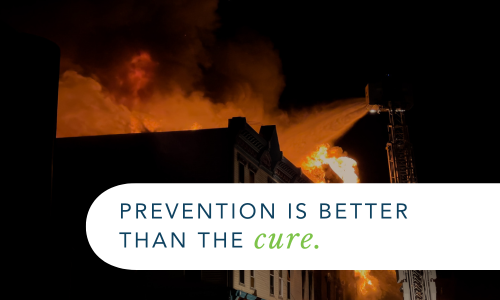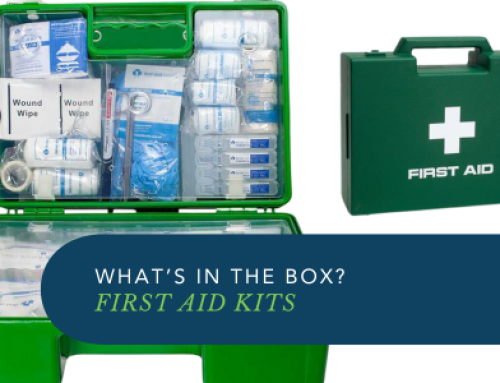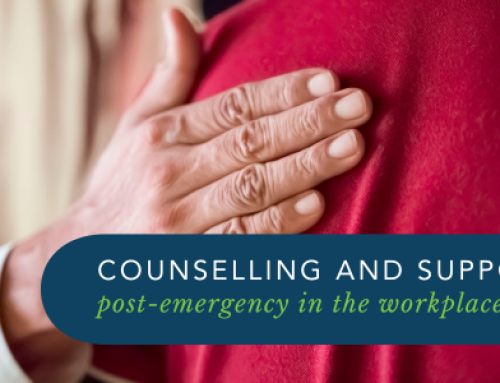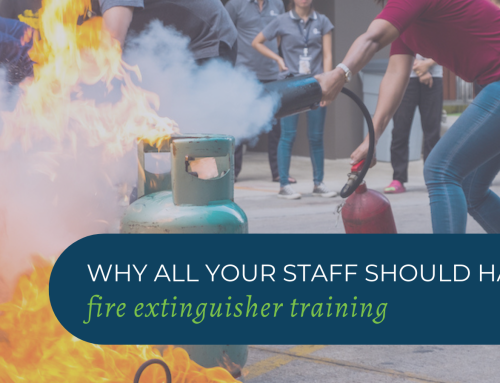Emergency Prevention is Better than the Cure!
Having to respond to an emergency can be a stressful, traumatic, time critical and dangerous situation. But what if you didn’t have to go through all that because you were able to prevent the emergency from ever happening in the first place? Well, that would be a much better scenario. Can we prevent all emergencies from happening? Of course not. There are going to be times when emergency situations occur and are just out of our control to prevent. Natural disasters and medical emergencies are such examples.
We must acknowledge that emergency prevention must be a critical part of the emergency management process. It is acknowledged in legislation that we must, as much as is reasonably practicable, do whatever we can to prevent emergencies situations from happening. The governing bodies of the land have an obligation to establish systems and laws to try to prevent emergencies. The work health and safety legislation governing all states tells us that as a business owner or organisation we have a duty to ensure our workers have a workplace that is safe. So, what can business owners, PCBU’s, and organisations do to achieve this obligation?
Let’s start with legislation. The Work, Health and Safety Act is a primary piece of legislation which obligates the provision of preventive measures in workplaces for emergencies. There is also a range of Standards, guidelines and code of practice that support the legislations in achieving this.
As an organisation or business, you can conduct a thorough risk assessment based around your core and peripheral business activities, what the work entails, how the work is conducted, under what circumstances and conditions is the work conducted, what tools and resources are required o carry out the work, what your workforces looks like. This thorough risk assessment will determine the hazards and types of emergencies that could actually or potentially affect your business and its workers.
Having identified the types of emergencies that are likely to occur for your workplace you can then assess those emergencies and determine the associated hazards and how those emergencies are likely to occur if/when they do. For example, a fire in your workplace could be a very real and likely emergency for your business. How could that fire occur? What type of fire might it be? You might determine that a fire could come from faulty electrical cords or wires associated with the many pieces of office equipment or tools being used. It may occur from the dryers located in the laundry or maybe the cooking fuels being used in the kitchen. As a business you can then look at what measures you can implement to eliminate or minimise those possible hazards. For example, tagging and testing of electrical cords can ensure they are in good condition and prevent an electrical fault. Protocols around removing the lint from dryers regularly can prevent that leading to a fire in the dryer.
Workplace Inspections carried out regularly is another way of checking all these identified hazards and risks within the workplace to ensure the business operates in a safe environment.
Encouraging workers and other people in the workplace to be vigilant and aware of their work environment to be alert to identifying any hazards that may arise is incredibly important. A worker may identify there is a spill on the floor which could be a slip hazard or a cord or rope which could be a trip hazard, for example. What then? If it is within your ability to do something to eliminate that hazard, such as wiping up the spill or removing the trip hazard then you should do that. There is an obligation for you to do that for your own safety and that of others in the workplace. If you identify a hazard but you are not able to do something about it yourself, don’t just do nothing. You should bring this to the attention of someone who can. This might be your supervisor, maintenance person, management or even emergency services.
Every workplace has a vast variety of practices and procedures in place for workers to complete their work tasks and duties. A lot of these practices and procedures are aimed at ensuring the safety of workers through performing tasks in a safe way and eliminating or minimising the potential for an emergency to occur because of those activities.
Having good housekeeping measures in place is also a great way to help prevent emergencies from happening. Having a place for everything and putting everything in its place. It is an old saying but and very appropriate one in terms of preventing emergencies from occurring. Other examples might include, keeping corridors clear and uncluttered to allow quick and easy egress through the building, not placing trolleys, beds or other things across fire and smoke doors that would prevent them from operating effectively in a fire emergency, not covering, or blocking access to fire equipment and not placing things in front of exit doors.
The activities, as described above, to prevent emergencies from happening should be part of daily workplace routines. Monitoring and reviewing these activities should also be part of an organisations systems and processes. No one ever wants to have to face and deal with an emergency. Whilst we understand that this might happen at some point, we can and should do whatever we can to prevent these emergencies from happening in the first place. Is your workplace doing everything it can to prevent emergency situations from happening?
For support in preparing your workplace for emergency prevention, or for more information, get in touch with our team today.
GET IN TOUCH
Are you ready for peace of mind that your workforce is as safe and prepared as possible?
With a dedicated team of staff ready to help you meet compliance requirements and improve the overall safety of your workplace, all you need to do is get in touch.
Request your free audit today!



